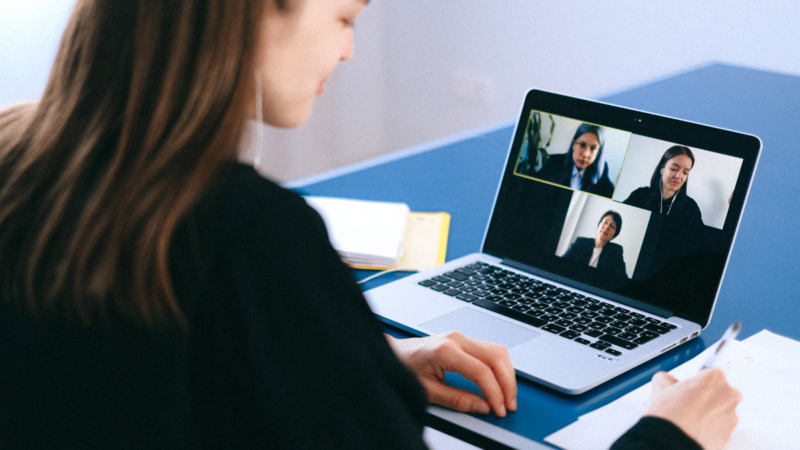
Why Employee Power is Driving the New-Look Hybrid Office
The Power Shift
Since the creation of the 9-to-5 workday, the power within organisations has for the most part, been in the hands of the employer. However, over the past year and a half the modern workplace has undergone a rapid transformation.
During Covid, the home became the hub of everything, working, exercising and socialising from home became the norm. Professionals everywhere were forced to adapt to new ways of working and research suggests that as time has gone on, new habits and working practices have become established.
New ways of working call for changes in the working environment. Traditional office spaces were not designed to support meetings and workshops involving people onsite and in remote locations. And employees expect their environment to provide the facilities they need which means companies need to recognise changing needs and utilise emerging technology to keep pace with these changes.
A recent study released by BCW, the International Workforce Insights Study, revealed that more than half of all employees say they feel more empowered to influence change in their workplace compared to a year ago. This includes influencing their employer’s business strategy (54%), company culture (55%) and their work experience (59%). Suddenly, organisations are keen to understand the latest trends in facilities management so they can equip their offices to entice employees back to the office. But what do workers actually want now?
Keeping everyone happy isn’t easy
Attracting and keeping the right employees means creating working environments that appeal to employees and support them in their job role. Today’s workforce now spans five generations, from those in their 70s all the way down to those in their late teens. Each generation has different expectations, communication styles, perspectives and technology literacy levels. Differences in generation and job role can also affect working preferences with some groups anxious to get back to the experience of working in the office with peers and others who have discovered that they’re more productive working from home.
Catering to the technological needs of such an expansive workforce can sometimes present a headache to IT managers.
The Hybrid working challenge
The pandemic has been progressive in closing the technology generational gap, by forcing everyone to adapt to new devices and software so they can work remotely. But now organisations must look at how they can optimise the workplace to support the changes in preference and working practices that are here to stay.
Creating an Immersive Office Space with LED
Organisations can make use of intelligent tech to help create lasting impressions on both employees and their customers. MAXHUB’s Raptor series of integrated LED walls offer a simple way to create an immersive experience for employees, whether they are at home or back in the office. Offering easy-to-use controls and settings features, the LED wall ensures participants and presenters can interact naturally, using built in high-quality speakers which provide neat, studio grade audio clarity and features an Android operating system.
Additionally, the Raptor series makes content sharing simple offering screen-sharing for up to four windows and low-latency stable mirroring support to ensure seamless collaboration between teams.
Its design allows presenters and participants alike to enjoy a more natural and fulfilling meeting experience.
These kinds of practical all-in-one solutions are transforming corporate office spaces, not only supporting video conferencing requirements of the new hybrid landscape but also converting dull dreary spaces to open friendly environments for employees and customers alike. Embracing this type of digital transformation within a workplace can have far-reaching implications.
Conclusion
The tables have turned in the working world, and the future of work will be heavily influenced by employees and in some cases, they may be actively involved in designing workspaces rather than the employer. The pandemic tipped the scales on the power dynamic, finally recognising the importance of understanding the needs and the role of employees when designing workspaces. This replaces the traditional approach many companies led with for decades. With focus on flexibility and autonomy, organisations that think they can go back to life before Covid and deploy a traditional mindset to workplace design will face serious challenges ahead. Those refusing on board flexible practices will likely see their talent pool suffer and consequently, lose any competitive edge they previously held as a result.
Sources
International Workforce Insights Study: https://inside.bcw-global.com/internationalworkforcestudy
MAXHUB Raptor Series: https://ascentae.com/products/maxhub/